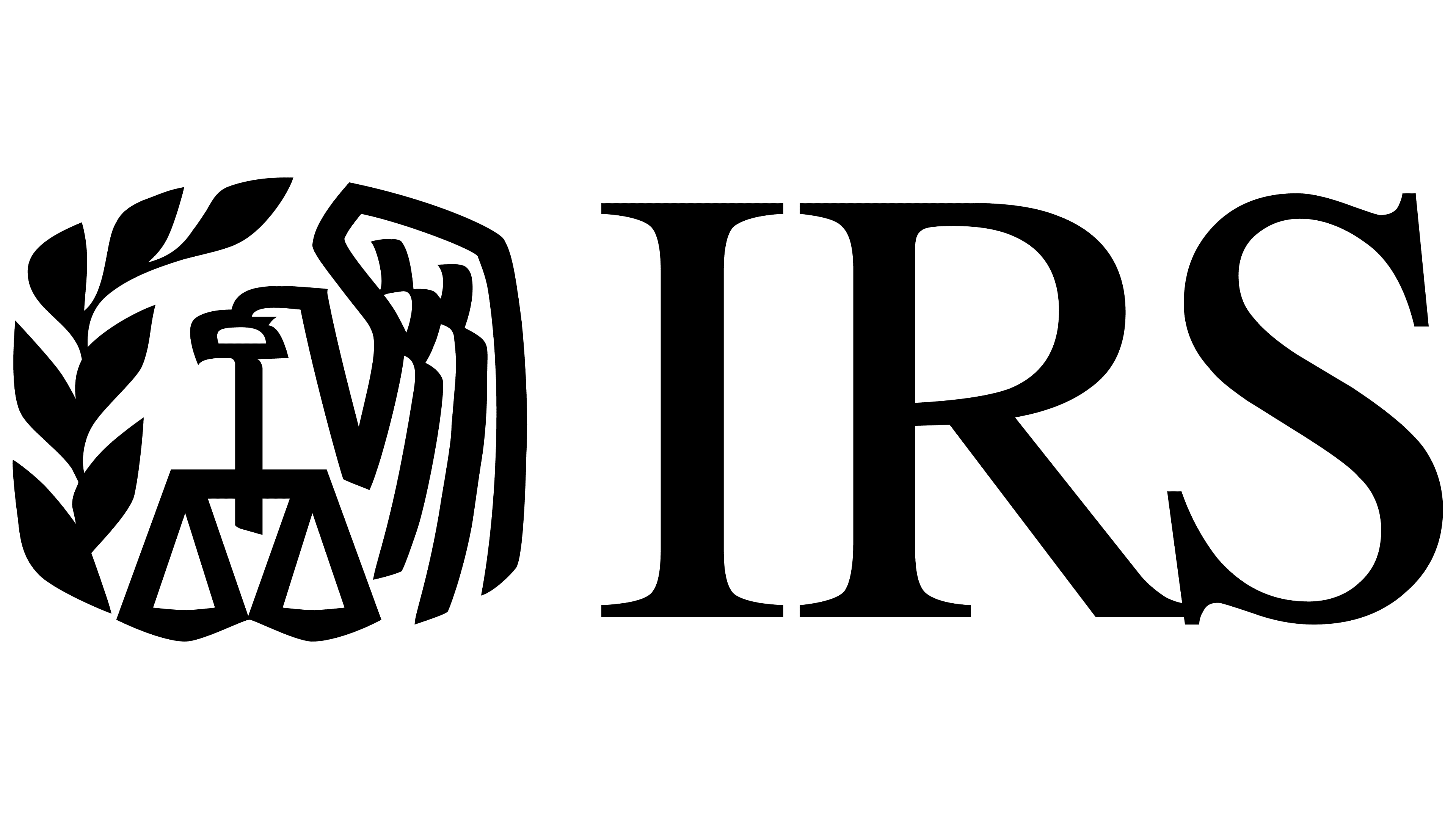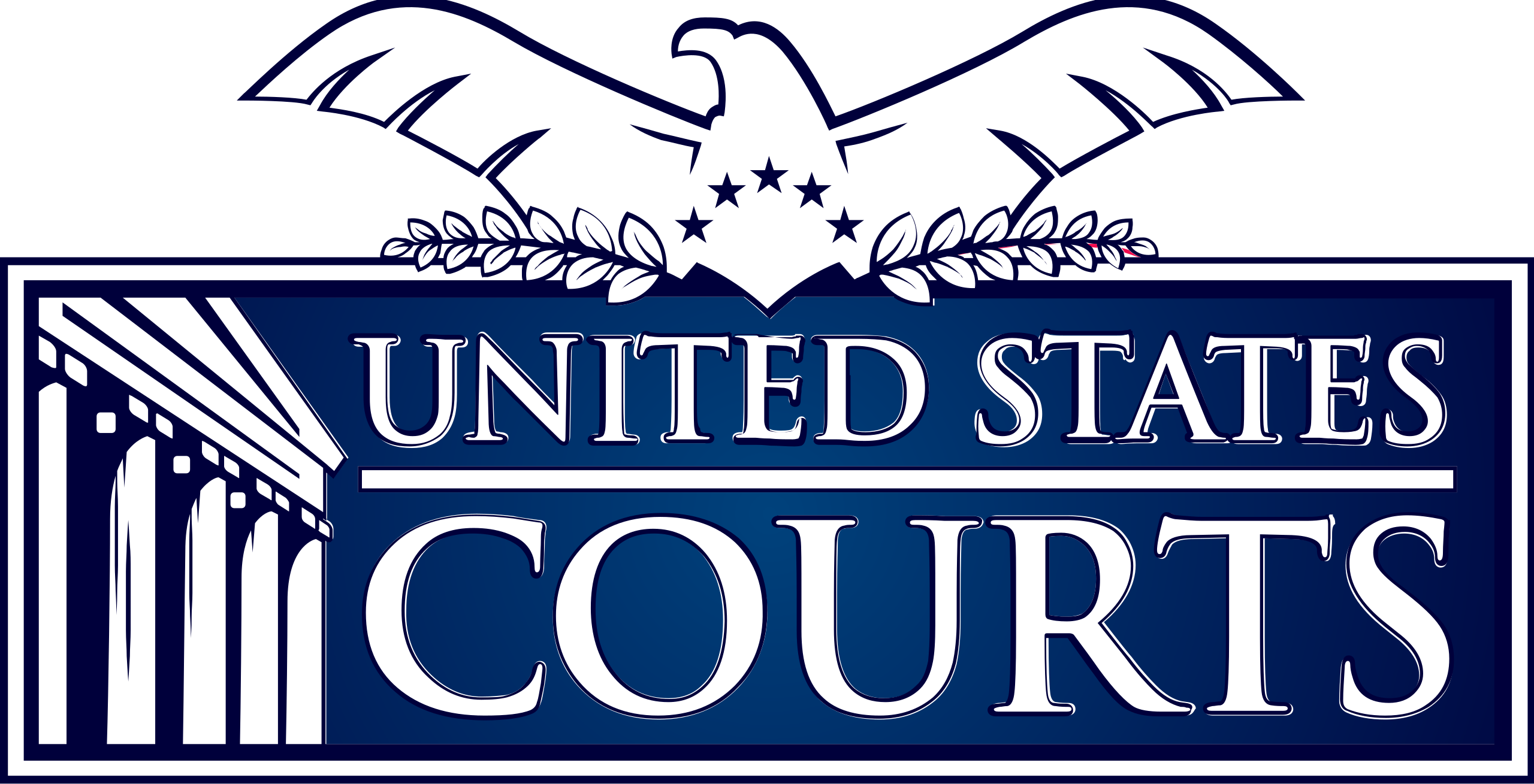






5-Star Service, Trusted & Loved by Hundreds
Your Appraiser Search Ends Here
Your Appraiser Search Ends Here
.avif)

Nationwide Coverage – Appraisals Anywhere in the US

Get it done Onsite or Online

Any Asset, Covered

Defensible for Any Purpose
Frequently Asked
Questions
No Frequently Asked Questions Found.
The program operates through a carefully structured system of payroll taxes, where current workers and their employers contribute funds that directly support present and future beneficiaries. This self-sustaining model ensures that individuals who pay into the system can expect financial support during retirement, in case of disability, or for their dependents in the event of their death.
Social Security encompasses four primary components: Old-Age Insurance, which provides monthly benefits to retirees; Disability Insurance, offering financial support to those unable to work due to medical conditions; Survivors Benefits, which assist family members of deceased workers; and Supplemental Security Income, a need-based program supporting low-income elderly, blind, or disabled individuals.
Beyond its immediate financial support, Social Security plays a pivotal role in reducing poverty among older adults and providing a critical safety net for vulnerable populations. The program continues to evolve, with ongoing discussions about its long-term sustainability and potential reforms to meet changing societal needs. Understanding its structure and benefits remains essential for individuals planning their financial futures and navigating life's complex economic challenges.
The primary purpose of obtaining an appraisal relates to establishing precise documentation of asset values. Social Security administrators require clear, objective evidence of an individual's financial standing, and a professional appraisal provides exactly that. This process helps determine eligibility for various benefit programs, particularly Supplemental Security Income (SSI), where resource limits are strictly defined.
Asset valuation becomes especially important when accounting for real estate, personal property, and other significant holdings. An independent appraisal offers an unbiased evaluation that reflects current market conditions, eliminating potential discrepancies that could impact benefit calculations. This ensures that applicants receive fair consideration based on their true financial circumstances.
Documentation plays a critical role in the Social Security application process. A professionally conducted appraisal provides concrete evidence that supports claims about asset values, potentially expediting the review and approval process. This becomes particularly valuable when dealing with complex financial situations involving multiple assets or changing economic conditions.
Financial landscapes can shift rapidly, making periodic appraisals essential. Changes in property values, inheritance, or personal assets can significantly impact Social Security benefit eligibility. Regular, up-to-date valuations allow individuals to maintain accurate reporting and ensure continued compliance with program requirements.
Moreover, certain legal and administrative scenarios may explicitly require formal asset appraisals. These might include divorce proceedings, estate settlements, or addressing financial hardship claims. In such instances, a professional appraisal serves as an authoritative document that protects an individual's interests and provides clear, objective information.
By approaching Social Security benefits with a comprehensive understanding of asset valuation, individuals can navigate the system more confidently and effectively, ensuring they receive the most accurate assessment of their financial resources.
An antique silver appraisal represents a specialized professional assessment that meticulously evaluates silver objects crafted over a century ago. This comprehensive evaluation goes far beyond a simple price estimation, encompassing a nuanced exploration of historical significance, craftsmanship, and current market dynamics.
The process involves a detailed forensic examination of the silver piece, where expert appraisers leverage deep knowledge to uncover intricate details about the item's provenance. Specialized techniques are employed to authenticate the piece's origin, including careful analysis of hallmarks, maker's stamps, and distinctive design elements that provide critical insights into its historical context.
Condition plays a pivotal role in determining value. Professional appraisers conduct meticulous inspections, examining every surface for signs of wear, potential restoration attempts, and structural integrity. They assess subtle nuances like patina development, manufacturing techniques, and preservation quality that can dramatically influence the item's market worth.
Market research forms another crucial component of the appraisal process. Appraisers conduct extensive comparative analyses, tracking recent auction results, collector trends, and current market demands to establish a precise and current valuation. This approach ensures that the assessment reflects not just the silver's intrinsic material value, but its broader collectible significance.
The ultimate goal of an antique silver appraisal extends beyond a simple monetary figure. It provides owners with comprehensive documentation that serves multiple purposes, from insurance documentation to estate planning, offering a definitive understanding of the item's historical and financial importance.
Online antique silver appraisals have become increasingly sophisticated, offering clients a convenient and professional alternative to traditional in-person evaluations. Skilled appraisers can now accurately assess silver antiques through detailed photographic documentation and comprehensive item descriptions submitted electronically.
The virtual appraisal process typically involves clients providing high-resolution images from multiple angles, along with critical details about the item's provenance, markings, condition, and historical context. Advanced video conferencing platforms like Zoom or Skype enable real-time interactions, allowing appraisers to conduct interactive examinations and answer client questions immediately.
Professional online appraisals adhere to the Uniform Standards of Professional Appraisal Practice (USPAP), ensuring rigorous methodology and credible valuation regardless of assessment format. This approach eliminates geographical constraints, providing flexibility for clients located anywhere and streamlining the entire valuation experience.
While online appraisals offer remarkable convenience, they are most effective when clients provide extensive, clear documentation. Precise photographs, accurate measurements, and comprehensive background information are crucial for delivering an accurate assessment of an antique silver item's condition, authenticity, and market value.
Clients should understand that some complex or rare pieces might still require in-person examination to determine a definitive valuation. However, for many antique silver items, online appraisals represent an efficient, professional, and accessible method of understanding an item's worth.
Antique silver appraisers represent a nuanced professional landscape with distinct specialties and expertise. These professionals can be categorized based on their professional focus, depth of knowledge, and service delivery methods. Understanding these variations helps collectors and owners select the most appropriate expert for their specific silver valuation needs.
General appraisers offer broad knowledge across multiple antique categories, capable of evaluating various silver items with a comprehensive but less specialized approach. Their versatility allows them to assess diverse silver pieces, though they may lack granular insights into rare or complex items.
Specialty appraisers represent a more focused category, concentrating on specific historical periods, cultural origins, or design styles. These experts possess deep, targeted knowledge about particular silver manufacturing eras, makers, or regional craftsmanship. Their expertise enables precise authenticity assessments and nuanced market value determinations.
Certified appraisers bring professional credentials from recognized institutions, demonstrating rigorous training and adherence to established ethical standards. Their qualifications make them particularly valuable for formal documentation requirements like insurance evaluations or estate planning.
Auction house appraisers leverage extensive market experience, providing real-time insights into current silver valuation trends. Their proximity to active market dynamics allows them to offer sophisticated pricing assessments based on contemporary collector interests and market demands.
Independent appraisers operate autonomously, offering customized services with flexible engagement models. Their professional independence allows for personalized approaches tailored to unique client requirements and specialized silver item assessments.
Online appraisers represent an emerging category, utilizing digital platforms to conduct remote evaluations. Through advanced photographic documentation and detailed item descriptions, these professionals provide convenient assessment options for clients unable to engage in traditional in-person consultations.
Each appraiser type contributes unique perspectives to silver valuation, enabling owners to find precisely matched expertise for their specific needs.
Antique silver items are more than mere decorative pieces; they are repositories of history, craftsmanship, and potential financial value. An expert appraisal offers comprehensive insights that extend far beyond a simple price tag.
Insurance protection represents a critical motivation for professional assessment. A detailed appraisal ensures accurate coverage, preventing potential financial gaps in the event of loss, damage, or theft. Insurance providers rely on professional documentation to establish appropriate compensation levels.
Estate planning demands precise valuation of inherited silver pieces. A professional appraisal provides clear, objective documentation that can streamline inheritance processes, minimize potential family disputes, and establish a transparent framework for asset distribution.
Tax considerations make appraisals particularly valuable for those considering charitable donations. When donating antique silver items exceeding $5,000, a qualified professional appraisal becomes essential for substantiating value and maximizing potential tax deductions.
For collectors and sellers, an appraisal delivers a realistic market assessment. This knowledge empowers informed decision-making, whether preparing to sell at auction, negotiate with potential buyers, or understand the current market positioning of a specific piece.
Beyond monetary considerations, an appraisal unveils the historical narrative embedded within each silver item. Professional assessment reveals intricate details about craftsmanship, origin, and cultural significance, transforming an object from a mere possession to a meaningful artifact with its own unique story.
Understanding the multifaceted value of antique silver through professional appraisal enables owners to make informed, strategic decisions about preservation, insurance, potential sale, and long-term asset management.
Why Accurate Antique Silver Appraisals Matter for Social Security
Accurate antique silver appraisals are critical when applying for Social Security benefits, as they directly impact an individual's financial eligibility and potential monthly payments.
Understanding the Financial Impact of Antique Silver
Social Security calculates eligibility based on several key factors, with personal assets playing a significant role. Antique silver, prized for its age and craftsmanship, can represent a substantial financial asset.
Potential Consequences of Inaccurate Valuations
- Underestimating asset value may result in unnecessary benefit restrictions
- Overestimating asset value could lead to benefit disqualification
- Incorrect reporting can potentially trigger financial penalties
The Appraisal Process
Professional appraisers conduct comprehensive evaluations by examining multiple critical factors:
- Item's historical age
- Overall physical condition
- Maker's reputation and marks
- Historical significance
- Current market demand
Market Dynamics and Asset Valuation
Antique silver markets are dynamic, with values fluctuating based on collector interest, economic conditions, and cultural trends. Regular, professional appraisals ensure individuals maintain an accurate understanding of their asset's current worth.
Strategic Financial Planning
A precise antique silver appraisal is more than a documentation exercise—it's a strategic approach to protecting financial stability and maximizing potential Social Security benefits.
By working with qualified appraisers, individuals can confidently navigate the complex landscape of asset reporting and benefits qualification.
Decoding the Value: How Antique Silver is Professionally Assessed
Understanding Professional Antique Silver Appraisal Methodology
Antique silver appraisal represents a sophisticated process requiring meticulous expertise and comprehensive evaluation techniques. Professional appraisers utilize a multi-dimensional approach to determine an item's precise value and historical significance.
Key Assessment Components
- Provenance Analysis: Tracing the silver item's historical origins and ownership lineage
- Craftsmanship Evaluation: Examining intricate design elements and production quality
- Market Trend Assessment: Understanding current collector interests and economic valuation factors
- Condition Inspection: Analyzing preservation status and potential aesthetic imperfections
Detailed Evaluation Process
- Historical Authentication
- Identifying maker's marks and hallmarks
- Determining silver purity standards
- Researching production era and cultural context
- Design Examination
- Assessing artistic complexity
- Evaluating engraving techniques
- Analyzing stylistic period characteristics
- Market Value Determination
- Comparing recent auction sales
- Reviewing collector market trends
- Considering current economic conditions
Critical Considerations for Social Security Appraisals
When conducting antique silver appraisals for Social Security purposes, precision and professional certification become paramount. A comprehensive evaluation must encompass multiple valuation dimensions to provide an accurate, defensible assessment.
Selecting a certified appraiser with specialized expertise ensures a thorough examination that addresses all relevant factors impacting the silver item's financial worth.
What Determines the Worth of Your Vintage Silver Collection?
Key Factors Influencing Vintage Silver Collection Value
Understanding the nuanced elements that determine the worth of a vintage silver collection is crucial for accurate appraisal, especially when considering social security purposes.
1. Rarity and Market Demand
- Limited production pieces command higher values
- Historical significance dramatically increases collectibility
- Current market trends directly impact pricing
- Unique or one-of-a-kind items generate maximum interest
2. Condition Assessment
- Pristine items retain maximum monetary value
- Appraisers carefully evaluate:
- Visible scratches
- Potential dents
- Previous restoration attempts
- Overall structural integrity
- Minor imperfections can significantly reduce valuation
3. Provenance and Historical Context
- Age of silver pieces critically impacts worth
- Pieces from prestigious eras (Georgian, Victorian) typically more valuable
- Documented history enhances collector interest
- Maker's reputation plays a substantial role in determination
4. Silver Composition
- Purity levels directly correlate with intrinsic value
- Sterling silver (92.5% pure) commands higher prices
- Clear hallmarks indicating composition are essential
- Current silver market prices influence overall valuation
5. Artistic Design and Craftsmanship
- Intricate design elements increase collectible appeal
- Unique craftsmanship techniques add value
- Aesthetic qualities matter to serious collectors
- Cultural and period-specific styles impact desirability
A comprehensive understanding of these factors ensures a thorough and accurate appraisal of your vintage silver collection, providing clarity for social security evaluations.
Identifying Valuable Antique Silver: A Collector's Guide
Understanding the Value of Antique Silver
Antique silver represents a fascinating intersection of historical craftsmanship, cultural heritage, and potential financial investment. Collectors and enthusiasts must carefully evaluate multiple critical factors to accurately assess these treasured pieces.
Key Factors in Antique Silver Valuation
- Age and Origin
- Authentic antiques typically date back over 100 years
- Geographic origin provides crucial context for valuation
- Specific regions have distinctive silversmithing traditions that impact value
- Maker's Marks
- Authenticity and provenance are determined through careful mark identification
- Marks from renowned silversmiths significantly increase potential value
- Requires detailed research and expert verification
- Condition Assessment
- Physical state is paramount in determining market worth
- Well-preserved pieces command higher prices
- Professional restoration can help maintain or enhance value
- Avoid pieces with extensive damage or poor previous repairs
- Rarity and Market Demand
- Limited production pieces typically carry higher value
- Unique characteristics increase collector interest
- Current market trends directly influence pricing
- Historical Significance
- Pieces connected to notable historical events or figures are highly prized
- Documented provenance can dramatically increase collectible value
- Provides deeper cultural and historical context beyond monetary worth
Understanding these nuanced evaluation criteria empowers collectors to make informed decisions, recognizing the true potential of their antique silver collections. Each piece tells a unique story, blending artistic craftsmanship with historical narrative.
Navigating Legal Requirements for Silver Appraisals
When navigating antique silver appraisals for social security purposes, understanding legal requirements is fundamental to a successful valuation process. These appraisals serve critical purposes in various financial scenarios, including:
- Estate planning
- Tax assessment
- Social security benefit determinations
Appraiser Credentials: The Foundation of a Legitimate Valuation
Not all appraisals carry equal legal weight. Key considerations for a credible appraisal include:
- Professional certification in antique silver assessment
- Recognition by relevant professional associations
- Specialized expertise in historical silver valuation
Comprehensive Documentation Requirements
A legally compliant appraisal report must include:
- Detailed item description
- Precise age verification
- Maker identification
- Comprehensive condition assessment
- High-quality photographic evidence
Understanding Fair Market Value Dynamics
Fair market value represents the price an item would command in an open market, influenced by:
- Current collector demand
- Historical significance
- Condition and preservation status
- Market trends and economic factors
Regulatory Compliance Considerations
Social security asset reporting requires meticulous attention to:
- Current federal and state regulations
- Precise asset valuation standards
- Potential impact on benefit eligibility
By adhering to these guidelines, individuals can navigate the appraisal process effectively, ensuring legal compliance and accurate financial representation.
The Certified Appraiser: Your Expert in Silver Valuation
Understanding the Role of Certified Appraisers in Silver Valuation
Certified appraisers are critical professionals who bring specialized expertise to the complex world of antique silver valuation. Their comprehensive approach ensures accurate and credible assessments that are essential for Social Security documentation and financial planning.
Key Factors in Professional Silver Appraisal
- Rarity and Market Demand
Professional appraisers analyze current market trends to determine the precise value of antique silver pieces. They understand how collector interest and market dynamics directly impact an item's worth.
- Comprehensive Condition Assessment
Every aspect of the silver's physical condition is meticulously examined, including:
- Craftsmanship quality
- Repair history
- Signs of wear or damage
- Original manufacturing techniques
- Provenance Research
Tracing an item's historical background provides crucial context for valuation, including:
- Original maker's reputation
- Age of the piece
- Previous ownership lineage
- Historical significance
- Rigorous Market Comparison
Certified appraisers utilize extensive market databases and recent sales records to validate their professional assessments, ensuring clients receive the most accurate valuation possible.
Professional Standards and Credibility
Certified appraisers adhere to strict ethical guidelines established by professional organizations. Their valuations are recognized and respected across financial institutions and government agencies, providing clients with authoritative documentation for Social Security and estate management purposes.
By engaging a certified appraiser, individuals gain more than just a monetary assessment—they receive a comprehensive, professionally validated understanding of their antique silver's true market value and historical significance.
Preparing for a Professional Silver Appraisal: Essential Steps
Key Preparation Steps for Your Silver Appraisal
Preparing for a professional silver appraisal is critical, especially when addressing significant financial matters like Social Security claims. An accurate assessment ensures your antique silver items are correctly valued and properly documented.
1. Comprehensive Documentation Gathering
- Collect all relevant paperwork, including:
- Original purchase receipts
- Previous professional appraisals
- Certificates of authenticity
- Family inheritance records
- Detailed documentation helps establish provenance and substantiate the item's value
2. Proper Item Preparation
- Clean items carefully to remove dust and debris
- Avoid extensive polishing, which can potentially diminish historical value
- Handle pieces gently to prevent additional wear or damage
- Ensure items are presented in their most authentic condition
3. Strategic Collection Organization
- Group similar silver items together
- Create a detailed inventory listing:
- Maker's marks
- Estimated age
- Unique identifying characteristics
- Condition notes
4. Understanding the Appraisal Process
- Appraisers will evaluate multiple factors, including:
- Craftsmanship quality
- Overall condition
- Item weight
- Historical significance
- Market demand
- Familiarize yourself with these assessment criteria
5. Selecting a Qualified Appraiser
- Research potential appraisers thoroughly
- Verify professional credentials
- Check specialized expertise in antique silver
- Review professional references and client testimonials
- Confirm the appraiser's experience with Social Security documentation
By meticulously following these preparation steps, you'll facilitate a comprehensive and accurate silver appraisal that effectively represents your items' true value.
Critical Factors That Influence Antique Silver Value
When assessing the value of antique silver, several critical factors significantly impact its worth. Understanding these elements is essential for an accurate appraisal.
Key Determinants of Antique Silver Value
1. Age and Maker
- Older silver items typically command higher prices
- Notable periods like Georgian or Victorian eras are especially valuable
- Reputation of the silversmith dramatically influences pricing
- Renowned manufacturers increase item's historical and monetary significance
2. Condition Assessment
- Pristine pieces without dents or scratches are most valuable
- Original, unaltered finish is highly prized by collectors
- Minimal restoration or repair work preserves maximum value
- Professional preservation can maintain or enhance silver's worth
3. Rarity and Market Demand
- Limited production pieces generate higher collector interest
- Unique designs command premium prices
- Mass-produced items typically have lower monetary value
- Historical or culturally significant pieces attract significant attention
4. Historical Provenance
- Items connected to notable figures increase intrinsic value
- Pieces associated with significant historical events are highly collectible
- Documented history can substantially elevate an item's worth
- Verifiable background provides additional authentication
5. Current Market Dynamics
- Economic factors continuously influence silver valuations
- Collector trends can rapidly shift perceived value
- Aesthetic preferences in home decor impact market demand
- Global economic conditions play a significant role in pricing
By comprehensively understanding these critical factors, individuals can gain meaningful insights into the true worth of their antique silver possessions, ensuring accurate valuation and appropriate compensation.
Interpreting Your Antique Silver Appraisal Report
Understanding an antique silver appraisal report is a critical step in effectively utilizing the information, particularly when preparing documentation for Social Security purposes. A comprehensive appraisal report provides a detailed analysis of your silver items, helping you accurately assess their value and significance.
Key Components of a Professional Silver Appraisal Report
1. Detailed Item Description
- Comprehensive identification of silver type (sterling, coin, etc.)
- Precise documentation of maker's marks
- Detailed condition assessment
- Thorough provenance tracking
2. Market Value Assessment
- Current market valuation
- Analysis of recent market trends
- Contextual pricing information
- Potential future value projections
3. Comparative Market Analysis
- Comparison with recently sold similar items
- Identification of unique value factors
- Market positioning of the specific piece
- Contextual pricing benchmarks
4. Visual Documentation
- High-resolution photographs
- Multiple angle captures
- Close-up details of significant features
- Visual evidence supporting valuation
5. Professional Expert Insights
- Historical significance assessment
- Collectible item evaluation
- Potential investment value
- Preservation recommendations
Interpreting your antique silver appraisal report requires meticulous attention to these critical elements. Each component collectively provides a comprehensive understanding of your item's value and market relevance. This knowledge becomes particularly important when preparing documentation for Social Security purposes or making informed decisions about estate planning, potential sales, or long-term asset management.
Leveraging Silver Appraisals in Social Security Claims
Navigating the complexities of Social Security claims requires strategic documentation of personal assets. Antique silver represents a unique and often undervalued resource that can play a crucial role in supporting your financial claims.
Understanding Antique Silver Appraisal
An antique silver appraisal provides a professional, comprehensive evaluation of your collection's market value. This detailed assessment considers multiple critical factors:
- Age of the silver pieces
- Rarity and historical significance
- Overall condition
- Provenance and historical documentation
- Current market trends
Strategic Benefits in Social Security Claims
Comprehensive Asset Documentation
When pursuing Social Security benefits, particularly disability claims, robust financial documentation is essential. An official silver appraisal offers several strategic advantages:
- Precise Asset Valuation: Provides an official, professional assessment of your silver collection's worth
- Financial Transparency: Offers a clear snapshot of your asset portfolio
- Supporting Evidence: Strengthens your claim by demonstrating comprehensive financial awareness
Financial Landscape Insights
A professional appraisal goes beyond mere monetary value. It helps you:
- Understand current market trends
- Make informed decisions about potential asset liquidation
- Illustrate your complete financial situation
Maximizing Your Claim's Potential
By strategically presenting an accurate, professional appraisal of your antique silver, you can create a more compelling Social Security claim. The detailed documentation provides reviewers with a comprehensive understanding of your financial resources and potential needs.
Your Top Questions About Antique Silver Appraisals Answered
Understanding Antique Silver Appraisals
Navigating the world of antique silver appraisals can be complex, especially when you need documentation for important purposes like social security. This guide will help you understand the key aspects of getting your antique silver professionally evaluated.
What Exactly is an Antique Silver Appraisal?
An antique silver appraisal is a comprehensive evaluation conducted by a qualified professional to determine the precise monetary value of your silver item. This process involves:
- Detailed examination of the item's physical characteristics
- Assessment of historical and market significance
- Precise documentation of the item's worth
Key Factors in Silver Valuation
Multiple critical elements influence the value of antique silver:
- Maker's Marks: Unique identifiers that reveal the silversmith's origin and credibility
- Historical Period: The era of creation significantly impacts collectible value
- Condition Assessment: Evaluating any damage, repairs, or preservation status
- Market Comparisons: Analyzing recent sales of similar pieces
Why Social Security Requires Detailed Appraisals
Social security claims often demand precise asset documentation. A professional appraisal provides:
- Accurate valuation for benefit calculations
- Verified documentation of asset worth
- Credible evidence for claims processing
The Appraisal Process: What to Expect
During a professional appraisal, the expert will:
- Carefully examine the silver item under proper lighting
- Use specialized tools to verify authenticity
- Research the item's historical background
- Provide a comprehensive written report
Preparing relevant historical information and maintaining the item's condition can help streamline the appraisal process and potentially maximize its documented value.
View all Locations
BEST-IN-CLASS APPRAISERS, CREDENTIALED BY:






.svg)









